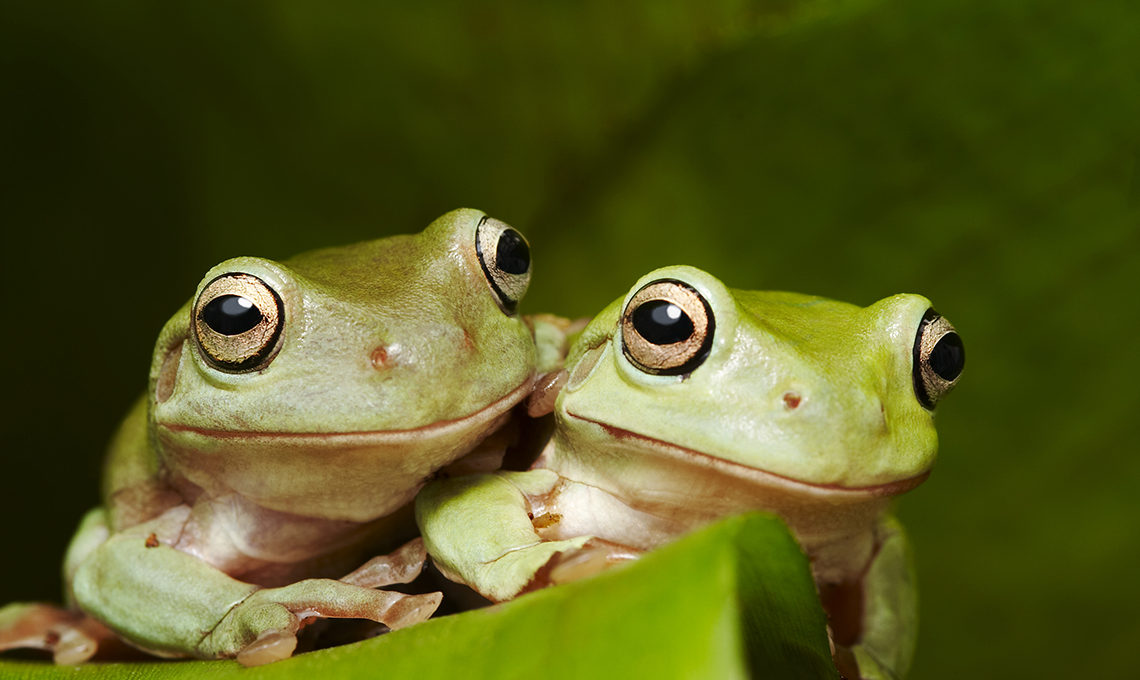
Protecting reptiles and amphibians
Ecosystems around the world rely on reptiles and amphibians. They play a crucial role as part of the food web—as predator and prey—and, sometimes, a role in pollination and dispensing seeds. Frogs provide a good sign of ecosystem health due to their sensitivity to environmental change. As the environment around the world changes, frog populations are in rapid decline, and reptile and amphibian species are under threat.
To help protect and understand Australia’s unique reptiles and amphibians, the Australian Amphibian and Reptile Genomics Initiative has been established. The initiative is funded by Bioplatforms Australia and is led by representatives from Australian museums, universities and government agencies.
Global impact
The initiative will also benefit research beyond Australian shores. Many researchers around the world turn to Australian species to provide exemplary examples, not found elsewhere, of phenomenon central to their studies.
“Australia has the highest lizard diversity on the planet and globally unique families of frogs and reptiles from our Gondwanan heritage,” Prof Craig Moritz from Australian National University said. “We also have the world’s driest continent and our frogs and lizards have evolved important adaptations in response—understanding how Australian frogs and reptiles have responded to novel environments in the past will improve our understanding of their capacity to respond to accelerating change in the future.”
Chief Executive of Bioplatforms Australia, Andrew Gilbert said, “This project will speed up the fundamental research of reptile and amphibian genomics, and in areas that Australia will positively contribute to the global research effort. The building of this resource will sustain the initiative beyond the life of the Bioplatforms investment.”
FAIR data
The research community involved in the project aims to sequence, annotate, physically map and make publicly available (FAIR) draft genome sequences using the latest technologies, and will undertake companion studies to address the research questions of substance. Government departments, zoos and others with captive breeding facilities, non-government organisations and community groups will use the genomic resources arising from this initiative, or work in collaboration with the researchers, to achieve their conservation and management objectives.
The team will work closely with national facilities for data movement, computing and storage, including AARNet (Australia’s Academic and Research Network), National Computational Infrastructure and Australian Research Data Commons, as well as the latest bioinformatics pipelines for assembly and annotation (BioCommons), making the data they generate rapidly and widely available and draw upon the specialist expertise of the Bioplatforms sequencing hubs. The team also has collaborative relationships with Genome 10K, Vertebrate Genome Project and Earth BioGenome Project to expand the international connections.
For more information please contact our contributor(s):

